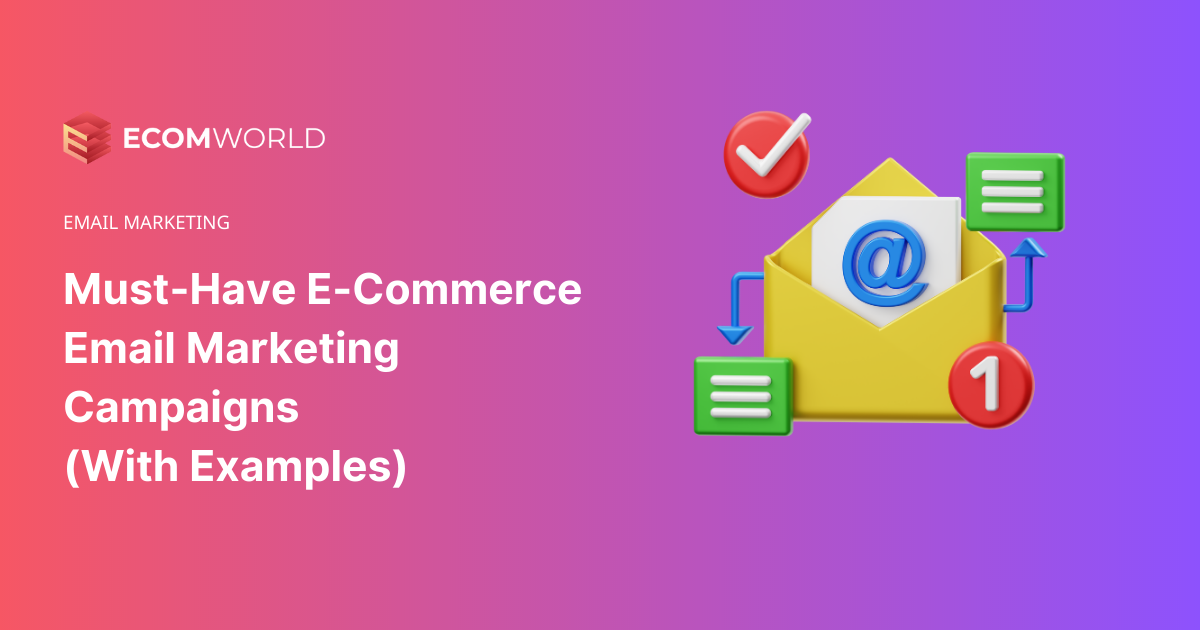In the annals of digital history, e-commerce email marketing emerged as a transformative marketing channel, enabling merchants to disseminate notifications regarding novel products, enticing discounts, captivating deals, and myriad promotions to their esteemed subscribers. Moreover, the power of electronic mail was harnessed to subtly sway potential customers by imparting knowledge about the inherent worth of a brand, thereby securing a prominent position in the minds of both longstanding and recently acquired subscribers, thereby fostering unwavering engagement even in the intervals between purchases.
The Welcome Email
The average open rate on welcome emails is 50% and the average click-through rate is 25%, which makes them approximately 86% more engaging than other emails you’ll send to your list.
The welcome email is a great opportunity to…
- Introduce your e-commerce brand.
- Introduce your products.
- Offer a compelling time-sensitive discount.
Since engagement is so high in the welcome email, this is your best opportunity to turn new subscribers into customers — so don’t be afraid to offer your most compelling discount in this email. Its role is to thank subscribers for joining your list, set expectations for what’s to come (e.g. how often you’ll email) and, when done right, simplify your sales process.
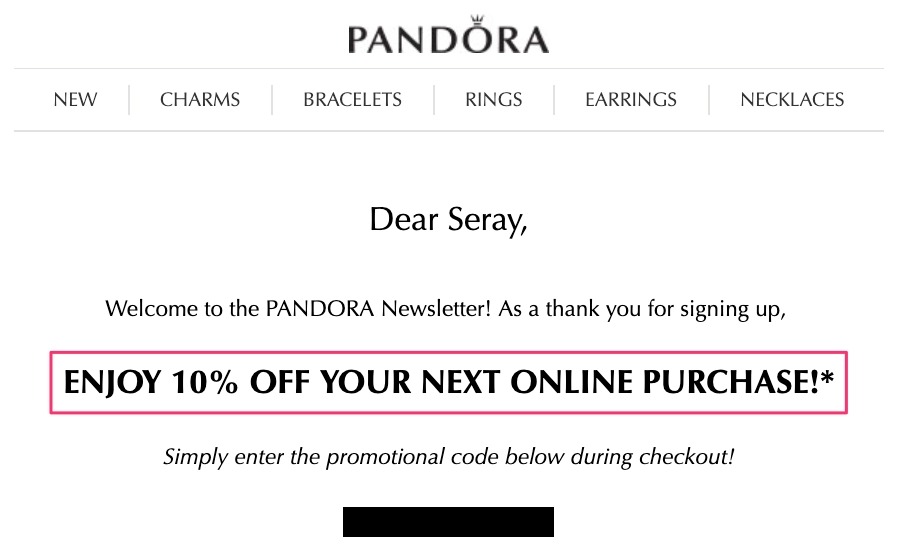
The Curation Email
It doesn’t matter whether it’s music—or, in our case, physical products—people love buying the best of the best.
It’s no surprise, then, that the curation email is popular among e-commerce marketers.
If you’re unfamiliar, the goal, of a curation email, is to share a brand’s best assets.
Curating the best of the best works because it allows subscribers to choose what they want to learn more about.

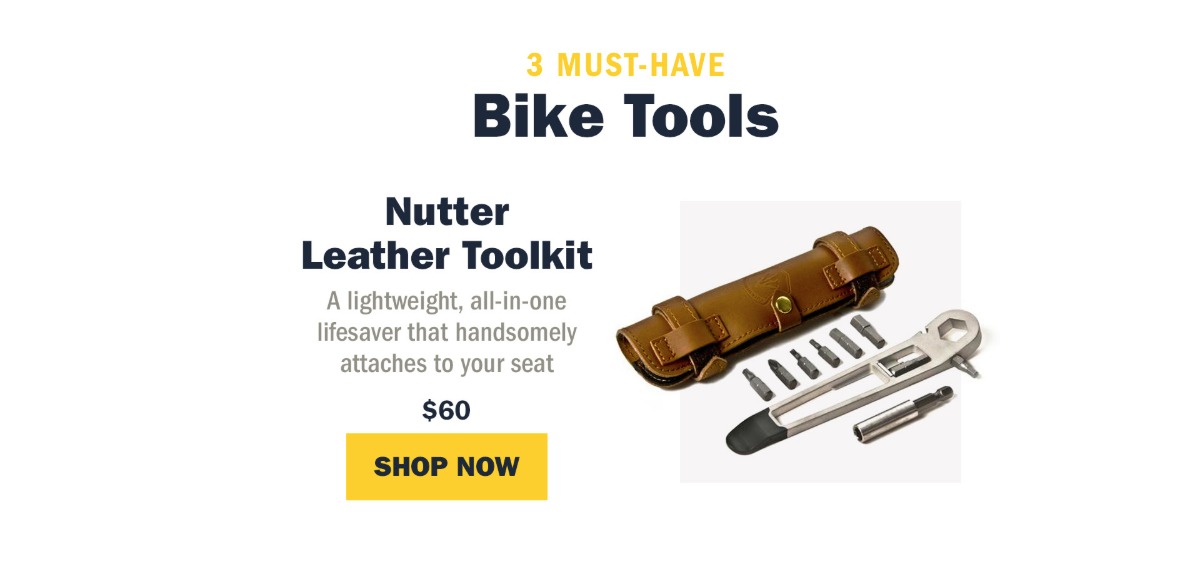
The Engagement Email
As the pages of time turned, the average office worker found themselves besieged by a staggering influx of emails, numbering up to a remarkable 122 per day. In such a saturated landscape, the key to remaining visible amidst the clutter lay in the art of captivating subscriber engagement. Although integrating cryptocurrencies into campaigns might not have been a feasible option, ingenious alternatives surfaced, allowing for increased interaction without draining the coffers.
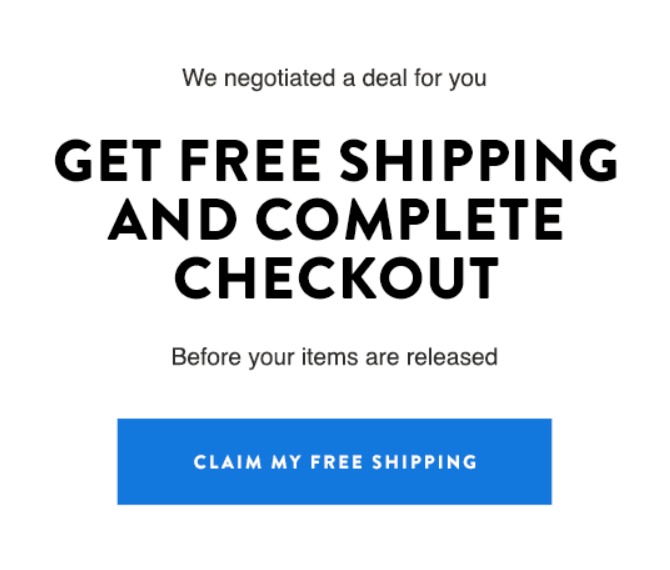
The Referral Email
It’s no secret that inviting customers to refer friends and family to a brand is a great source for free leads.
According to a recent survey by BigCommerce, 74% of consumers identify word-of-mouth as a key influencer in their purchasing decision.
And with numbers like that, it’s not hard to see why brands invest time in setting up good referral programs.
You might already be asking for referrals on your thank you page (and if you’re not, you ought to be). But are you doing it in your email campaigns, too?

You might not be able to offer free socks with each referral (few can), but you certainly have enough money in your marketing budget to offer a thank you (or at least an Internet high five).
The Discount Email
Discounting is an effective e-commerce marketing strategy.
And with brands like Apuls getting conversion rates as high as 5.13%, it’s not hard to see why.
One study by VWO found that 72% of Millennial shoppers are open to retargeting via discounts.
Moreover, 54% of shoppers are likely to purchase abandoned products if they’re offered again at a discounted price. (More on that shortly).
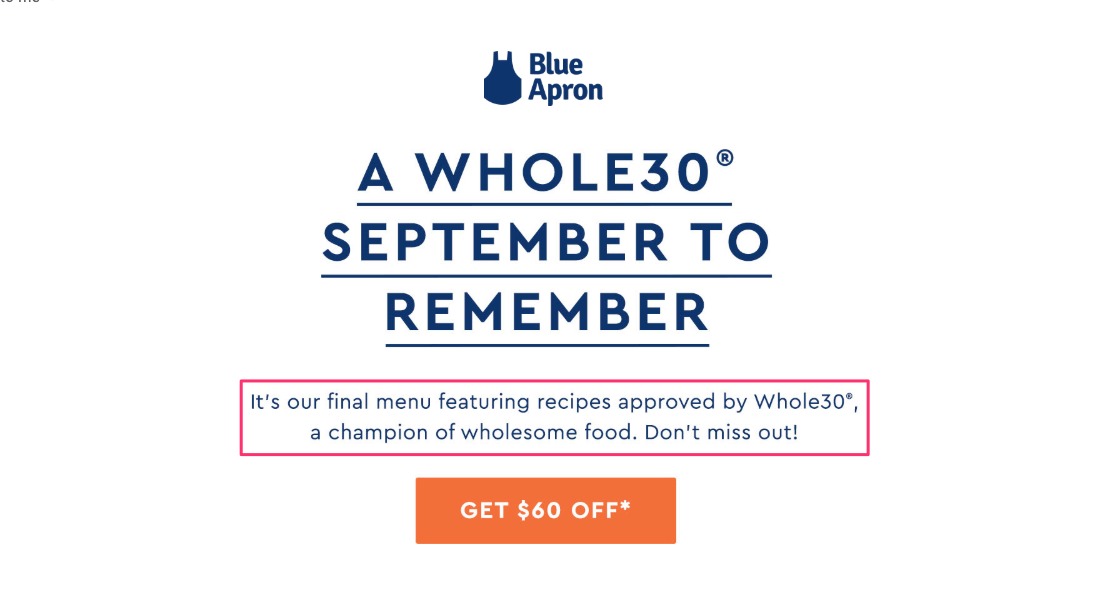
However, heed this cautionary tale:
Amidst the pursuit of optimal results, one must tread cautiously when employing the strategy of discounting. Forsooth, a delicate equilibrium must be achieved. An overindulgence in frequent discounts may precipitate a drastic plunge in profits, while a scarcity of such offerings may entice customers to seek solace in the embrace of rival merchants.
Yet, amidst this challenge, a gleaming ray of hope emerges: extend the allure of discounts exclusively to those esteemed subscribers who wholeheartedly engage with your campaigns. By discerning the act of opening emails, clicking links, and partaking in other meaningful interactions, the rewards of discounted offerings may be judiciously bestowed upon the deserving few.
The Cart Abandonment Email
On average, 70% of people abandon their online shopping cart before finishing their purchase.
Yikes, right?
But there’s good news.
Abandoned cart email sequences are remarkably effective at recapturing lost revenue…
- 45% of abandoned cart emails get opened.
- 21% get clicked.
- And 50% of those who click end up finishing their purchase.
That’s why this triggered sequence is absolutely critical.
The abandoned cart email is simply an email that triggers when someone…misbehaves well, or abandons their cart.
In YETI’s case — an e-commerce brand that sells outdoor gear — the first cart abandonment email is sent immediately after abandonment…

The Browse Abandonment Email
We just talked about cart abandonment emails — sending an email to people who abandon their online cart before finishing their purchase.
But what about browsing abandonment?
Browse abandonment is when someone visits a product page of your ecommerce store and then leaves without adding it to their cart or purchasing.
It’s a bit earlier in the sales funnel but it’s still a good indication of interest.
In fact, 43.8% of sessions end with a product page view whereas only 14.5% end with an item added to the person’s cart. That’s a big gap.

According to SaleCycle, browse abandonment emails have an 80% higher open rate and a 50% higher click-through rate than traditional emails… so they’re definitely worth using.
The Order Confirmation Email
Every order confirmation email earns e-commerce stores $0.25 of extra revenue. That doesn’t sound like much, right? I didn’t think so, either. But then I looked at math: For every 100 receipts you send, you can make an average of $25 of extra revenue with no extra effort.
Not bad for automated email, right?
While the order confirmation email is another way to boost sales, it’s also a way of setting customer expectations.
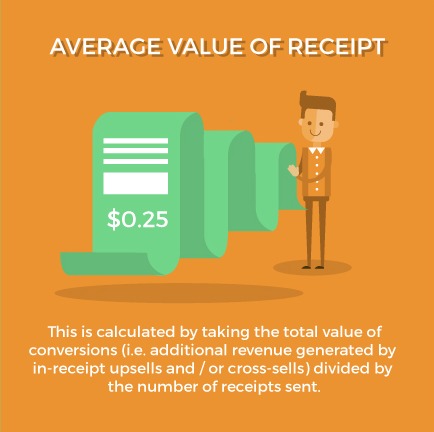
The Upsell Email
Ah, the concepts of upselling and its kindred spirit, cross-selling, have woven themselves into the fabric of commerce.
But for those who may require a gentle reminder, let us delve into their essence:
Upselling, a persuasive maneuver, entices prospective patrons to embark upon a journey toward acquiring a more opulent item, thereby elevating their average order value to greater heights.
On the other hand, cross-selling unfolds as a tale of recommendations, wherein the merchant guides their esteemed clientele towards related or complementary treasures, creating a harmonious ensemble of products that harmonize and enhance one another.
With the average repeat customer spending 67 percent more in months 31-36 of his or her shopping relationship than in months zero-to-six, it’s no surprise that many e-commerce brands regularly use upsell emails to upsell products to customers who have already made a purchase.
After receiving an order, Beardbrand emails new customers’ recommended items:

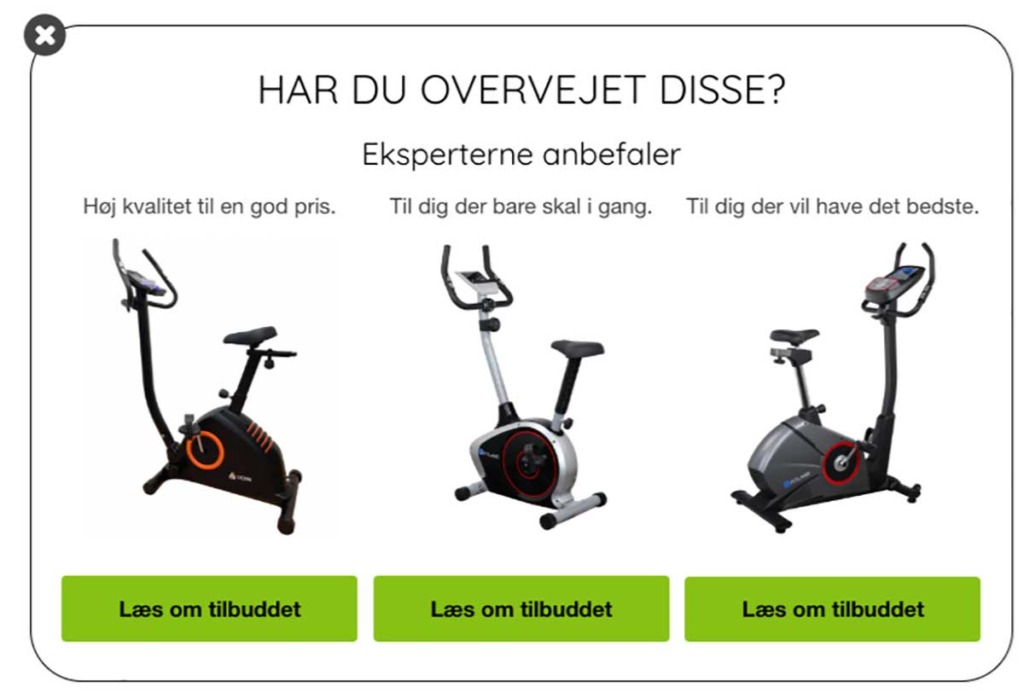
The Win-Back Email
It’s happened to me and it’s likely happened to you, too.
You invest your time, attention, and energy in growing your email list only to have a percentage of your readers unsubscribe, or worse, disengage entirely (costing you money in the process).
Email marketing databases naturally degrade by about 22.5% every year. So, with that in mind, it’s crucial you re-engage members who have emotionally “checked out” (especially if you want to reduce email unsubscribe rates).
After moving from Fotolia to a competitor (sorry, Fotolia) and ignoring their emails for a few weeks, I received the below email, inviting me back:
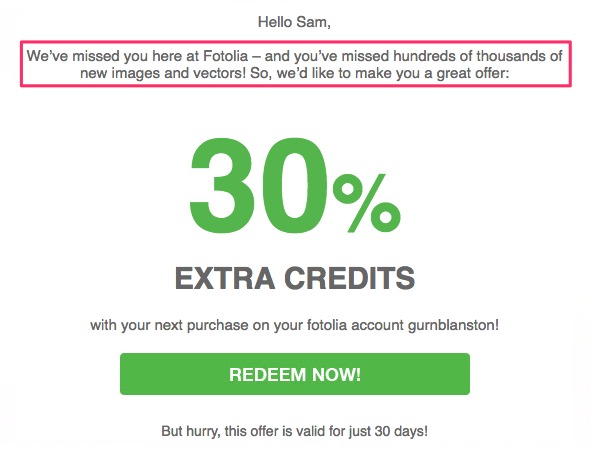
The Survey Email
In the annals of history, a timeless adage resonates: “If you fail to make the inquiry, the answer shall elude
Indeed, dear compatriots, if you do not regularly beseech your esteemed subscribers to express their desires and aspirations, how can you hope to fulfill their yearnings?
The act of surveying your cherished clientele transcends the realm of mere curiosity; it opens the gates to a trove of invaluable insights. Within the fertile grounds of their responses lie revelations of their goals, aspirations, and afflictions, presenting you with a golden opportunity to refine and elevate your email marketing endeavors to unprecedented heights.
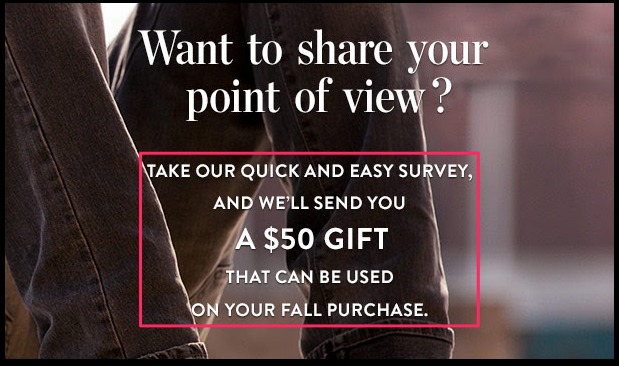

The Thank You Email
Sometimes, we don’t say thank you enough. And even if we do, rarely do we really mean it.
Thanking your audience goes beyond thanking them for subscribing to your newsletter or making a purchase; it’s about recognizing they are the reason why you’re in business.
It’s why, once in a while, companies like Brooklinen will write from the heart and thank their customers for helping make what they do possible:

The Post-Purchase Education Email
When a new customer receives one of your products for the first time, they are not going to know as much about it as you do.
This is why the best ecommerce brands send educational emails about their products after new customers receive them — these emails might teach the customers how to get more out of their shiny new toy, or they might simply teach them about the benefits of using the product.

Create a triggered email (or email series) that teaches your new customers more about the product they just received…
What makes it special?
- How can they get more usefulness out of it?
- Any care-taking tips?
- Safety information?
- What else should they know?
Send that info in an email the day after the product is delivered!
The Back-in-Stock Email
In the annals of commerce, when the stocks of a coveted product run dry, a marvelous opportunity reveals itself as a chance to attract new subscribers and cultivate a patient gathering eagerly awaiting the replenishment of your inventory.
Allow me to unveil an example from the esteemed house of Dyson. Behold, on their product page, an enchanting call-to-action beckons with the words, “Keep me updated.” Succumb to curiosity and click upon this mystical phrase, and lo and behold, a gentle prompt materializes, inviting you to divulge your cherished email address. Thus, you become enshrined in the ranks of those who eagerly anticipate the renaissance of availability.
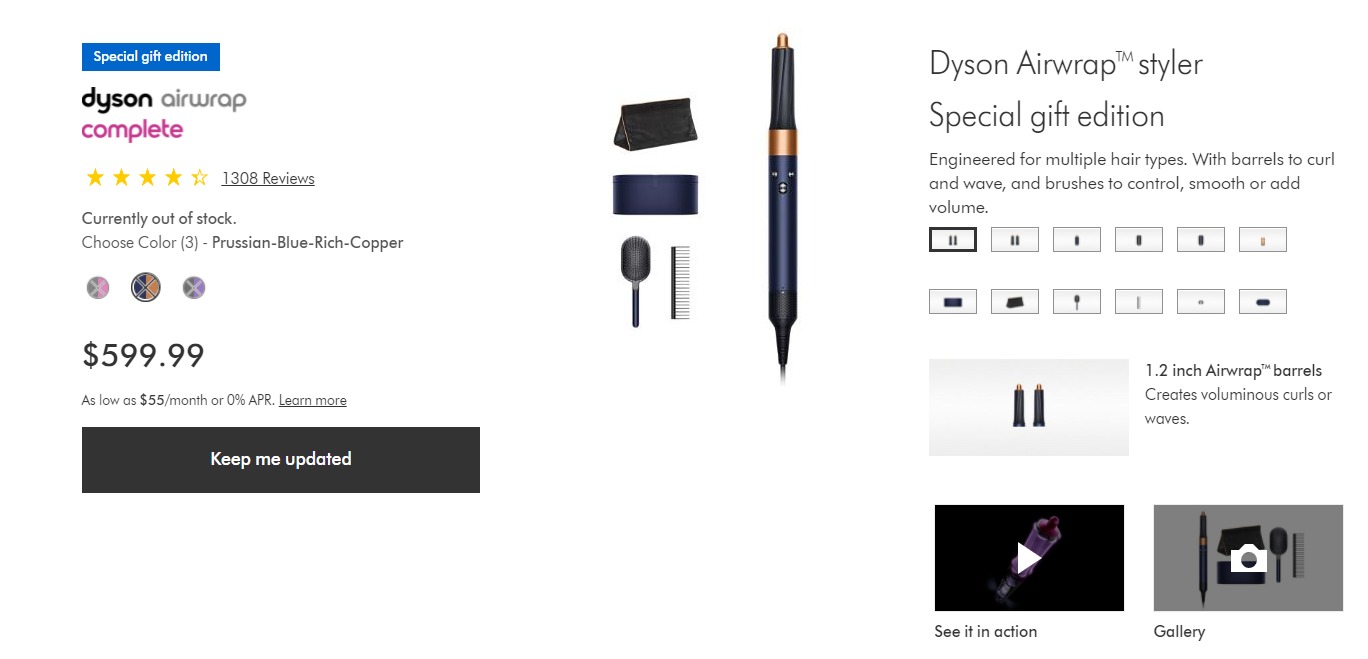
If you do, then you’ll be notified via email the moment that Dyson has replenished their stock.
Here’s an example of what this looks like…
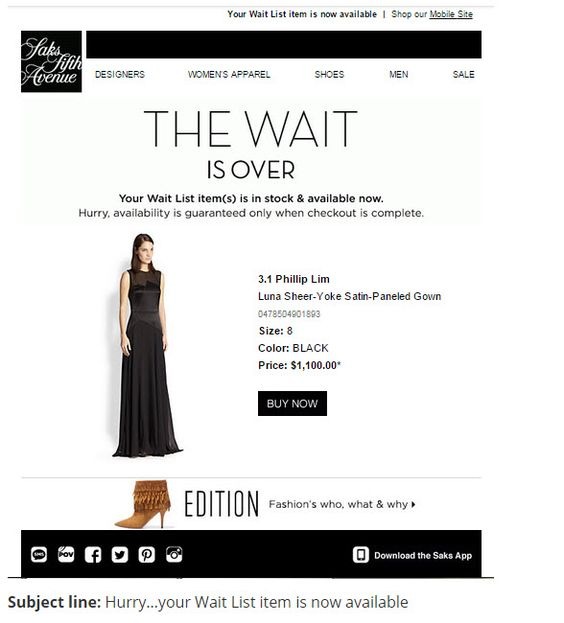
New Product Launch Email
What about when you want to launch and promote a new product?
That’s what this email is for — send a campaign that’s meant to inform people of a new product you’re launching and drive them to the sales page.
Here’s an example…
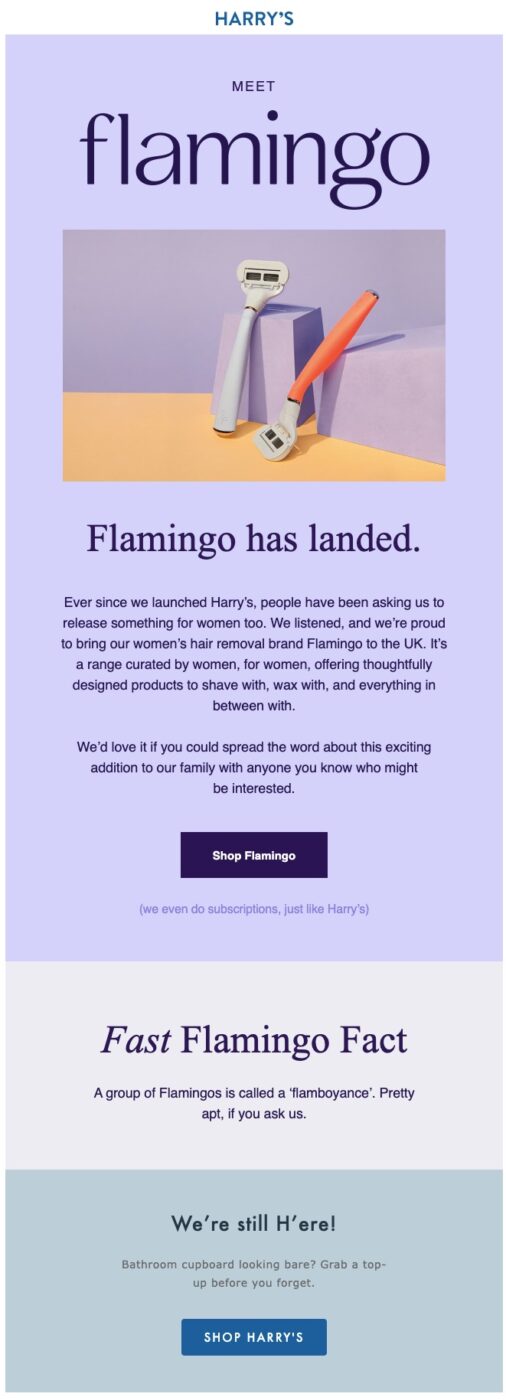
Conclusion
I mentioned in the introduction that email marketing is about sequencing rather than strategy
But there’s something else that’s equally important:
Your brand’s unique voice.
I’ve included the above emails not because of what they say (the copy isn’t what matters, here). Rather, I’ve included them because of how they say what they’re saying.
If you haven’t found your voice, yet – keep searching.
If you do, and you become a recognizable brand like those above, your email marketing will pay for itself.

